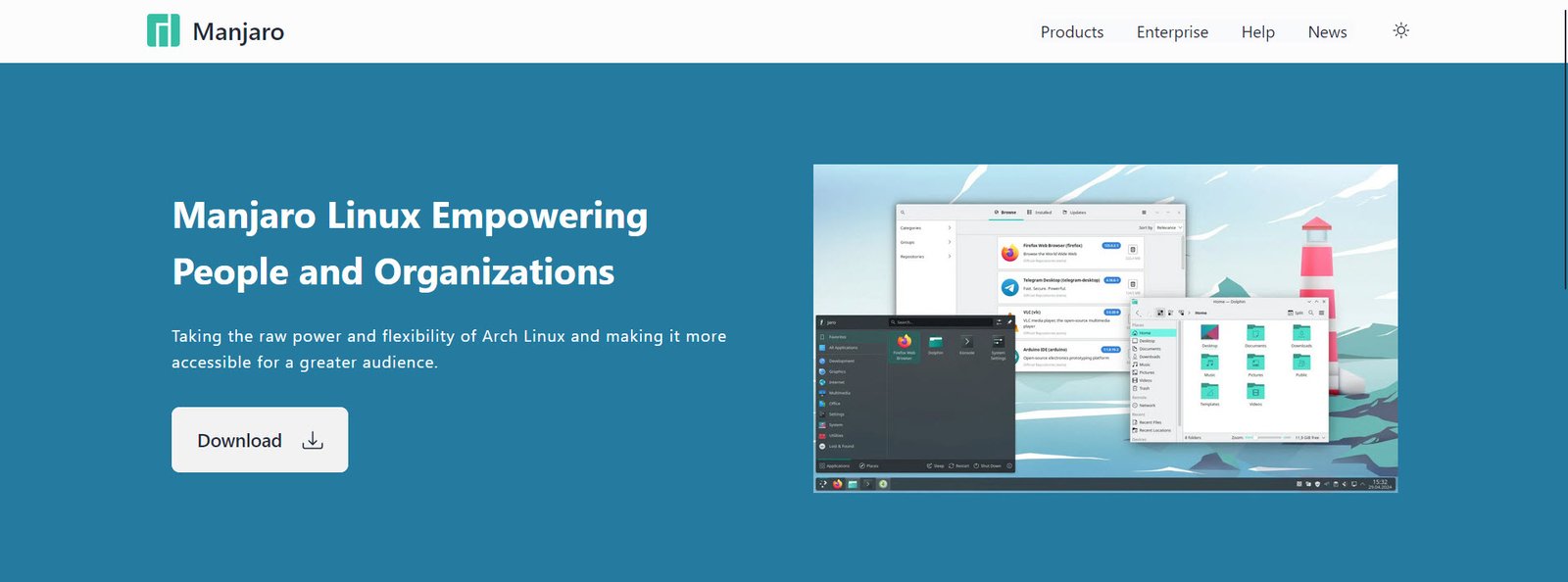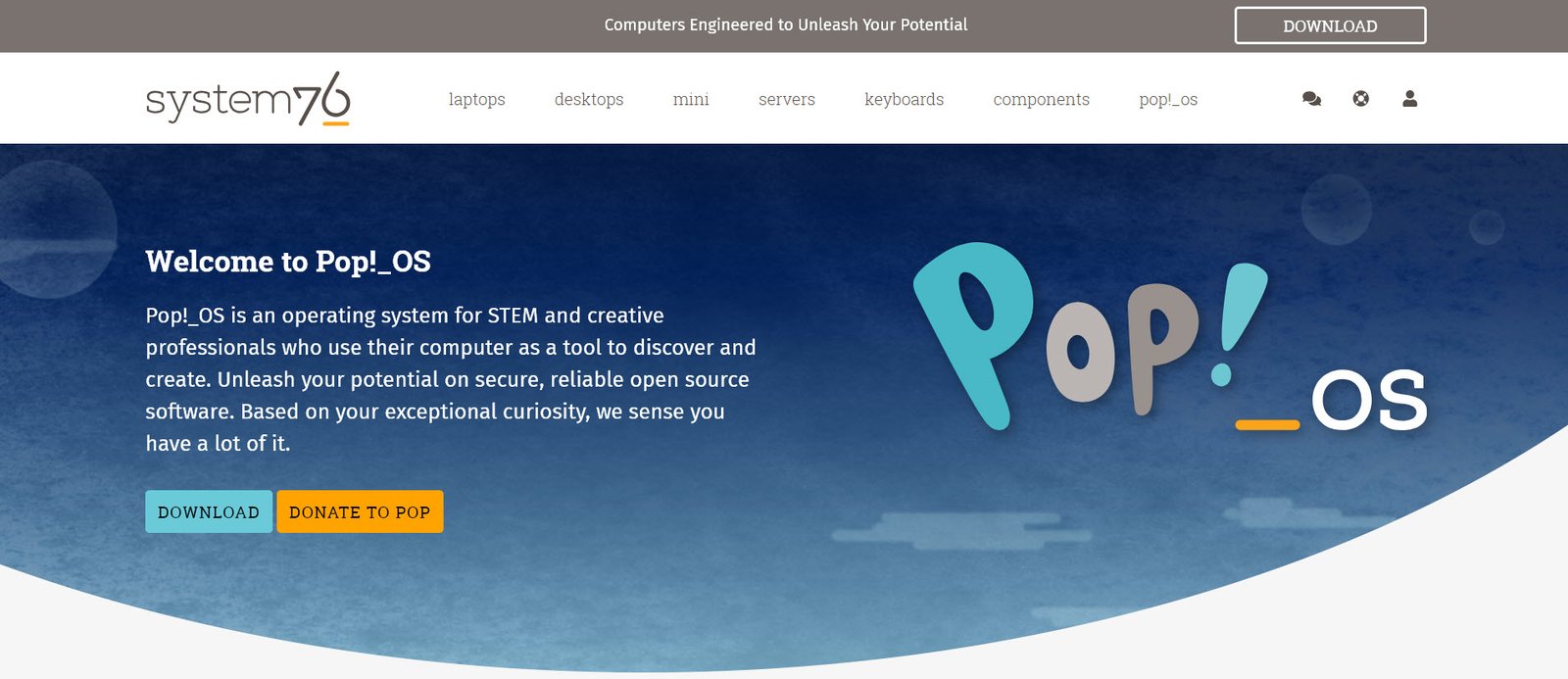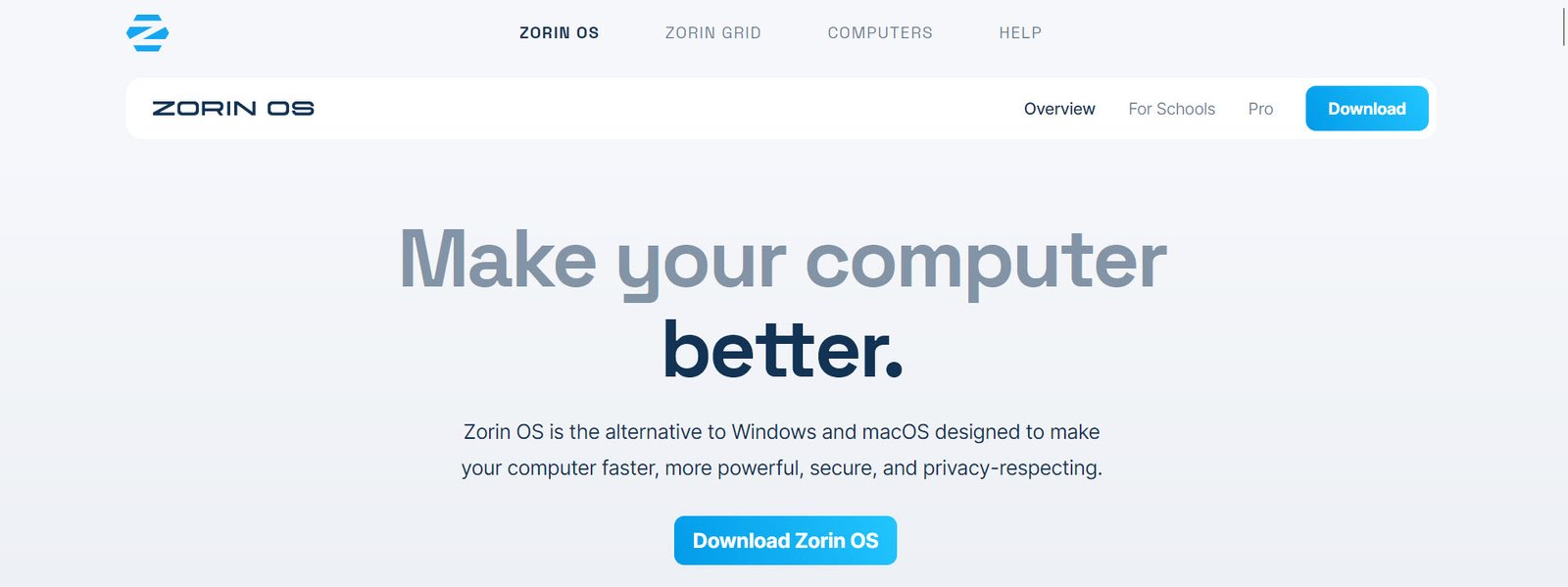Linux distributions, or distros, are operating systems built on the Linux kernel, each tailored to meet specific needs. Whether you’re a programmer, system administrator, or casual user, there’s a Linux distribution designed for you.
Here, we explore into eight of the best Linux distributions you should consider trying in 2025.
- Ubuntu
- Fedora
- Linux Mint
- Debian
- Arch Linux
- Manjaro Linux
- Pop!_OS
- Zorin OS
1. Ubuntu
Ubuntu is one of the most popular and beginner-friendly Linux distributions, developed by Canonical. Its clean interface and massive community support make it an excellent choice for newcomers to Linux. With a predictable release cycle and a vast repository of software, Ubuntu is versatile and dependable. It supports a wide range of hardware and offers flavors like Kubuntu, Xubuntu, and Ubuntu MATE, catering to different user preferences.
Why Choose Ubuntu?
- User-friendly and intuitive interface.
- Strong community support.
- Regular updates and long-term support (LTS) versions.
- Ideal for beginners and general-purpose use.

2. Fedora
Fedora, developed by the Fedora Project and sponsored by Red Hat, is known for its cutting-edge features and up-to-date software. It’s a favorite among developers and tech enthusiasts who want the latest technologies and innovations. Fedora Workstation is optimized for developers, while Fedora Server is tailored for system administrators.
Why Choose Fedora?
- Latest software and features.
- Focus on open-source software.
- Excellent for developers and IT professionals.
- Offers spins for specific use cases like gaming and design.

3. Linux Mint
Linux Mint is a popular distribution based on Ubuntu and Debian, offering a familiar desktop experience for users transitioning from Windows. Its Cinnamon desktop environment is known for its simplicity and ease of use. Linux Mint includes a range of pre-installed applications and multimedia codecs, making it functional out of the box.
Why Choose Linux Mint?
- Beginner-friendly with a Windows-like interface.
- Pre-installed software and codecs.
- Highly customizable desktop environments (Cinnamon, MATE, Xfce).
- Stable and reliable.

4. Debian
Debian is the foundation for many popular distributions, including Ubuntu and Linux Mint. Known for its stability and robustness, Debian is often used on servers but also offers a great desktop experience. It’s a community-driven project with a strong focus on free software and security.
Why Choose Debian?
- Exceptionally stable and secure.
- Extensive software repository.
- Suitable for both servers and desktops.
- Strong emphasis on free software.

5. Arch Linux
Arch Linux is a lightweight and flexible distribution designed for advanced users who prefer complete control over their systems. It follows a rolling-release model, ensuring you always have the latest software. Arch requires users to build their system from the ground up, making it highly customizable but also demanding a steep learning curve.
Why Choose Arch Linux?
- Total control over your system.
- Rolling-release model for up-to-date software.
- Excellent documentation through the Arch Wiki.
- Ideal for experienced users.

6. Manjaro Linux
Manjaro is based on Arch Linux but targets a broader audience by offering a more user-friendly experience. It comes with pre-configured desktop environments, drivers, and software, making it easier to set up and use than Arch. Manjaro’s rolling-release model ensures users get the latest features and updates without frequent reinstallation.
Why Choose Manjaro?
- Easy to install and use.
- Based on Arch Linux, with additional stability.
- Multiple desktop environments like KDE, GNOME, and Xfce.
- Strong focus on community-driven development.

7. Pop!_OS
Pop!_OS, developed by System76, is tailored for developers and creative professionals. Built on Ubuntu, it features a sleek and modern interface with a focus on productivity. Pop!_OS comes with unique features like tiling window management and out-of-the-box support for gaming and GPU-intensive tasks.
Why Choose Pop!_OS?
- Optimized for developers and gamers.
- Tiling window manager for efficient multitasking.
- Excellent hardware support, especially for System76 machines.
- Based on Ubuntu, offering reliability and extensive software options.

8. Zorin OS
Zorin OS is a distribution designed to make Linux accessible to Windows and macOS users. With its polished interface and pre-installed software, Zorin OS is perfect for those transitioning from other operating systems. It offers a variety of layouts that mimic Windows, macOS, and GNOME, allowing users to feel at home.
Why Choose Zorin OS?
- Beginner-friendly and visually appealing.
- Multiple desktop layouts for easy transition.
- Pre-installed software and utilities.
- Suitable for casual users and professionals alike.

Conclusion
The Linux ecosystem is incredibly diverse, offering a distribution for every need and expertise level. Whether you’re a novice looking for an easy transition to Linux, a developer seeking cutting-edge software, or a power user wanting total control, there’s a Linux distro that’s perfect for you. Try out a few and find the one that resonates with your requirements.
Happy exploring!



